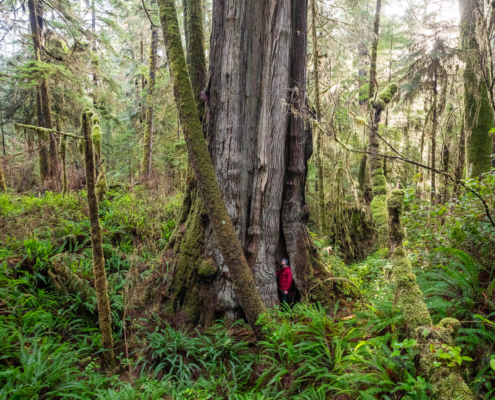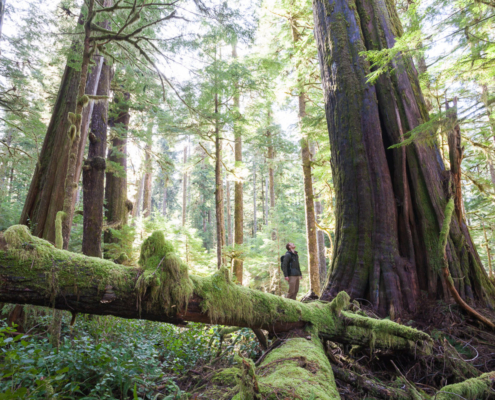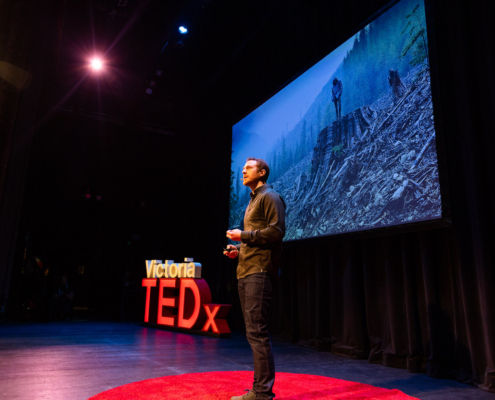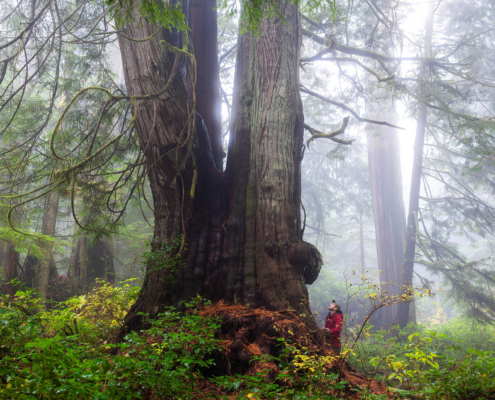
Thank you to these foundations for their support!
An exciting aspect of the Ancient Forest Alliance's transition to a charitable organization is our newfound ability to accept donations through various foundations! We extend our gratitude to the following foundations for their generous contributions toward ancient forest protection in British Columbia for 2024.

Ancient Forest Alliance – Best of 2024!
See Ancient Forest Alliance's top highlights from 2024, including photos, videos, news stories, and more!

Conservationists Welcome BC NDP and Green Governance Agreement
The cooperation agreement's priorities include the protection of Fairy Creek and a comprehensive review of BC forests in partnership with First Nations and diverse sectors, offering a key opportunity to strengthen old-growth forest protection policies.

Victoria News: Advocate makes desperate plea for Island’s old-growth at Victoria TEDx talk
TJ Watt, renowned Ancient Forest Alliance photographer, big-tree hunter, and National Geographic Explorer, took the stage at TEDxVictoria 2024 to deliver his talk titled One Last Shot to Protect Old-Growth Forests in British Columbia.

Bald Eagles
Witness the majestic bald eagle in the temperate rainforests of BC, where they nest in ancient trees and hunt for wild salmon. Learn about their impressive vision, enormous nests, and how the Chehalis and Harrison Rivers host one of the world's largest eagle concentrations.

Photos: Jurassic Grove in the Fog
See photos of the old-growth forests of Jurassic Grove near Port Renfrew in Pacheedaht territory. Exploring this incredible grove of old-growth redcedar trees is like stepping back into prehistoric times.

AFA’s TJ Watt Delivers Powerful TEDxVictoria Talk on Protecting Old-Growth Forests in BC
TJ Watt, renowned Ancient Forest Alliance photographer, big-tree hunter, and National Geographic Explorer, took the stage at TEDxVictoria 2024 to deliver his talk titled One Last Shot to Protect Old-Growth Forests in British Columbia.
